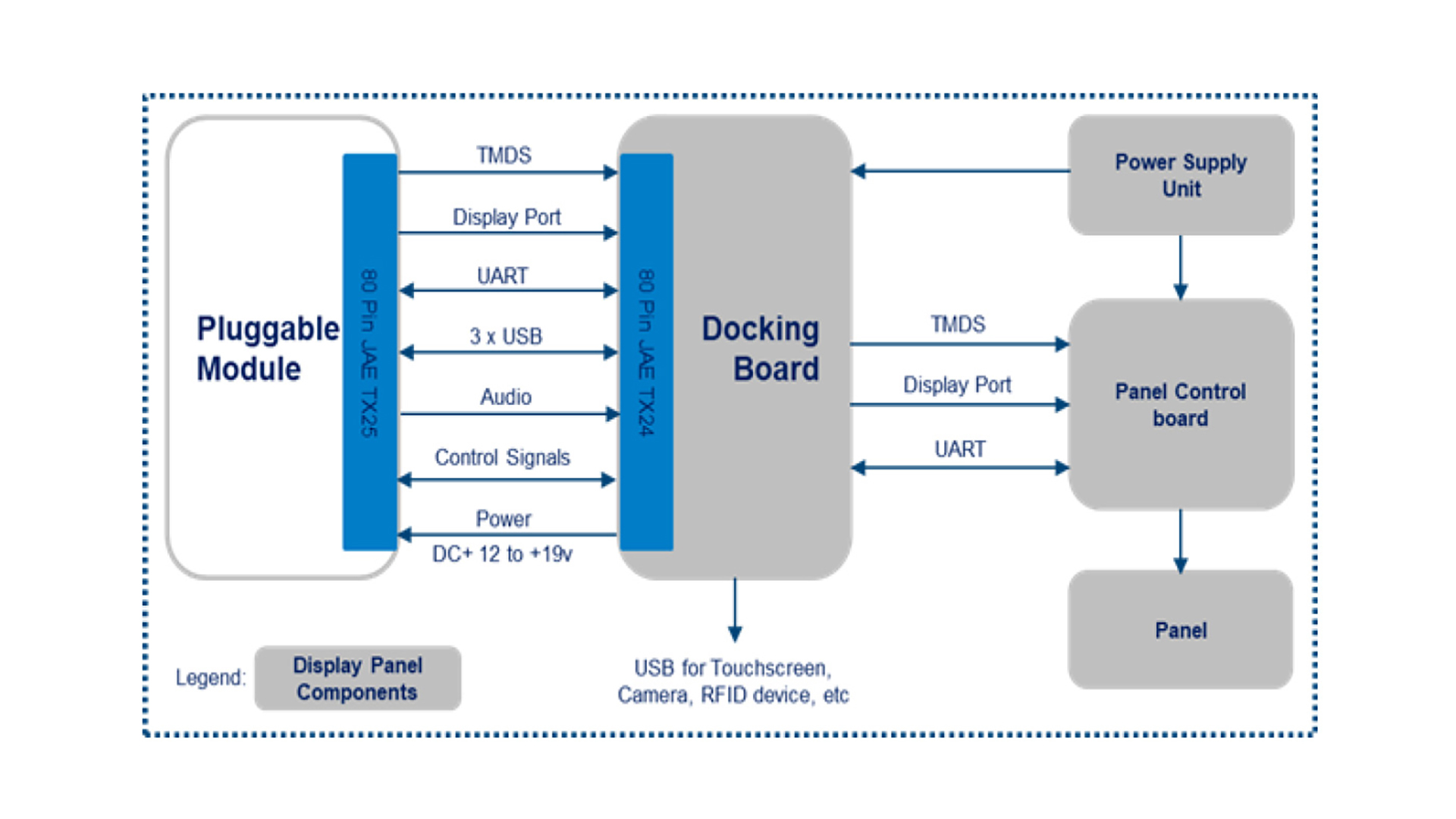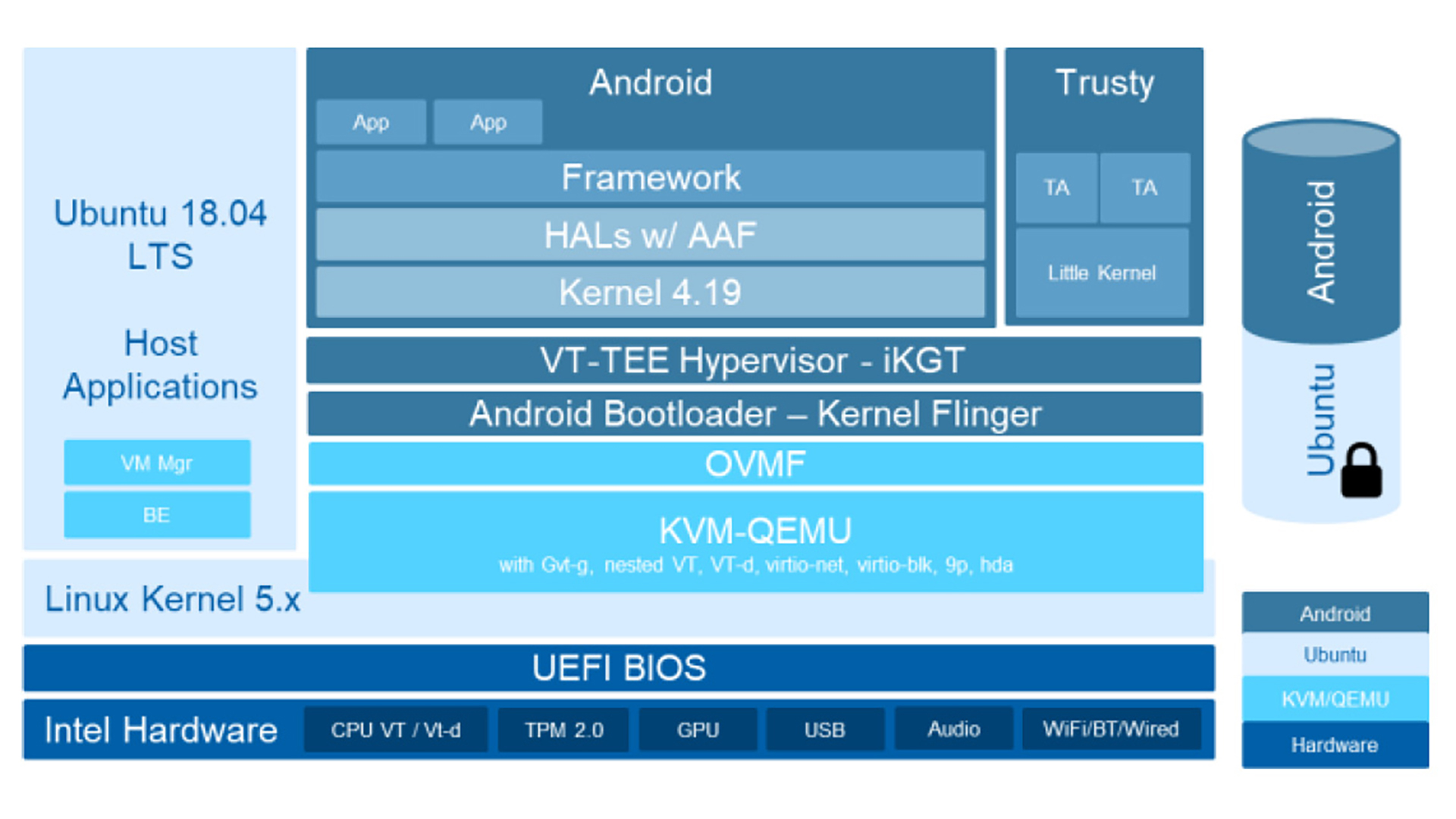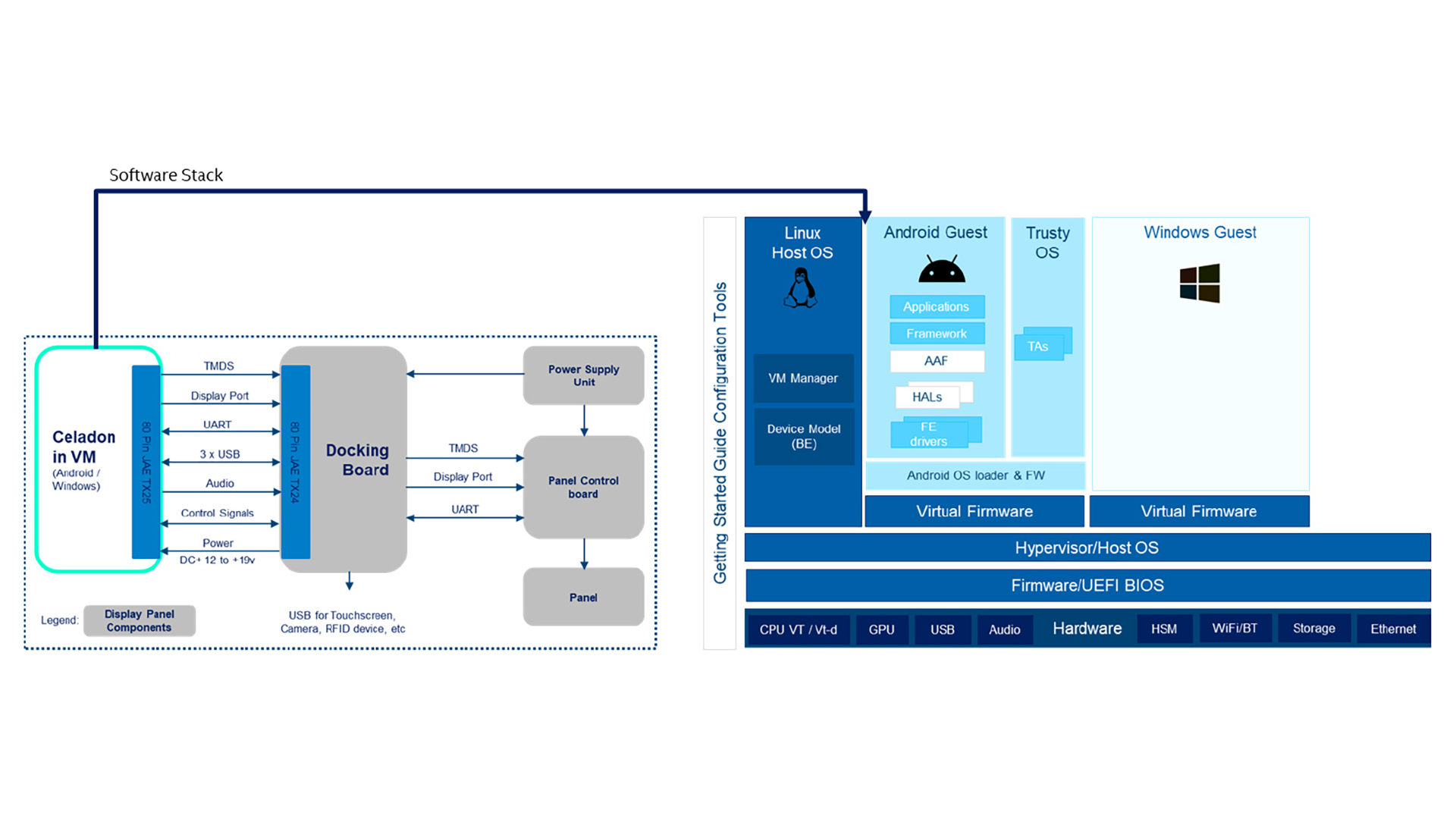Schools are Investing in Classroom Technologies that Enhance Learning and Collaboration while Overcoming Operational and Financial Challenges
In the past, educators were constrained to traditional classroom engagement models due to the limited tools available - standard whiteboards, overhead projectors, and voice. Research has shown, however, that students learn better in interactive environments, so today's educators are transitioning toward student-centered, collaborative learning models that employ more technology while engaging students. Smart classrooms - meaning technology-enhanced classrooms - enable educators to develop and share content in real time, empowering students to play an active role in learning.
The smart education market has grown at a tremendous pace over the last decade, with the use of interactive display products - specifically Interactive Flat Panels- increasingly being adopted in K-12 schools around the world. Valued at $240 billion in 2017 and projected to reach $994 billion by 2024, the global smart education market will grow at a CAGR of 22.7% from 2018 to 2024 (Allied Market Research, May 2018). With over 43 million classrooms and 1.5 billion enrolled students and teachers throughout the world, the education sector provides a vast target market for vendors and component suppliers alike. But a highly-fragmented digital signage market can make building cost-effective solutions challenging, as customers must deploy interchangeable systems faster than ever before, and in higher volumes.
Intel developed the Open Pluggable Specification (OPS) to simplify device installation, usage, maintenance, and upgrades of interactive display infrastructure, to meet the business needs of vendors and component suppliers, including those targeting the smart education market. Combining OPS with Celadon - an open source Android platform from Intel - allows customers to consolidate operations, reducing costs for a variety of smart education use cases. This solution brief provides details around how Celadon in Virtual Machine deployments on OPS can be used as a cost-effective design for deployment of integrated display solutions.
Watch Celadon in VM Demo Part 1 and Part 2
Use Case: Educating with Interactive Flat Panel Displays (IFPD)
IFP displays elevate and enhance new teaching and learning models, delivering a more creative and immersive experience to student learners. They enable teachers to use content in innovative ways by using interactive software to draw on-screen. Educators can use a wide variety of Android applications for various purposes like drawing, writing, playing videos, and more to create more engaging and inspiring lessons. Additionally, smart annotation apps include brush modes which are perfect for art classes, and teachers have data-to-go features available to them, which save contents in pdf or png files, as well as sticky notes.
Components of the Open Pluggable Specification (OPS) The Open Pluggable Specification is used to standardize the system architecture between displays and media players. OPS defines standards for a pluggable computing module used in media players and a docking board in display panels, as well as the connector and signals that link them. The docking board interfaces with the control board, which drives the display panel. The three board implementation is comprised of the following items, as illustrated in Figure 1 below:
- Pluggable Module: A computing board with an 80-pin JAE connector in the media player
- Docking Board: An interface board that passes relevant signals from the pluggable board to the control board
- Control Board: The board that drives the digital signal display
When manufacturers employ the OPS specification, their products become compatible with more systems – those currently installed and future installations – due to the modular design of the OPS components. Users can upgrade their infrastructure and make repairs more easily, while development and implementation costs are spread across higher volumes of product, leading to reduced costs per unit. Overall, OPS allows for more cost-effective design, deployment, and management of interactive flat panels and other display solutions that support advanced functionality and emerging use cases, including interactivity and audience analytics.

Figure 1. Open Pluggable Specification
Celadon in Virtual Machine (CiV) with OPS Combining OPS with Celadon in Virtual Machine (CiV) creates a complete solution, allowing educators to use Windows* and Android-based education applications on a single device. When implementing the IFPD use case with CiV and OPS, vendors will find that multiple operating systems are combined on the same platform, allowing for many workloads to be consolidated. Specifically, Windows and Android run in virtual machines on top of the Ubuntu* host operating system. Not only does this reduce the number of devices needed to satisfy a solution need, it also ensures that all workloads have access to powerful Intel CPU and GPU capabilities. In addition, CiV is designed to be fully compliant with Google* Android compatibility definitions, ensuring affinity and security of each application running on the stack.

Figure 2. Celadon in VM Software Architecture
The diagram in Figure 2 illustrates the Celadon in VM software architecture. The KVM/Qemu is configured to provide a modern, virtual hardware platform, maximizing the abstraction of the physical hardware platforms. This advanced virtualization technology also leverages Intel’s IP capabilities, such as Intel® Graphics Virtualization Technology (Intel® GVT), single root I/O virtualization (SR-IOV), virtual Trusted Platform Module (vTPM), and more. The key component that makes Celadon unique, however, is the Auto Adaptation Framework (AAF). It automatically detects and binds system kernel drivers, and loads the Hardware Abstraction Layer (HAL) modules and configurations for a variety of devices exposed on Intel platforms. This means that each application is served by a single Celadon image with a unified architecture, allowing for the consolidation of many workloads onto a single device.
This is especially useful in use cases including IFPD, as the OPS design can make use of applications based on both the Android and Windows operating systems. Here, vendors can use CiV in the Pluggable Module of Figure 1, above. For workloads running two virtual machines (such as Android Guest and Windows Guest), system architectures would look like Figure 3 below, and would use hotkeys in OPS to switch between Android and Windows.

Figure 3. OPS with Celadon in VM running two virtual machines
Conclusion – Key Solution Benefits
Interactive Flat Panel Displays create opportunities to collaborate with students, which helps drive the motivation to learn a particular subject and take on new skill sets, including creativity, leadership, and social interaction. As such, classroom use cases involving Interactive Flat Panel solutions will continue pushing the growth of the smart education market. Combining OPS with Celadon in Virtual Machine provides a flexible, scalable solution that accelerates deployments, streamlines maintenance, and reduces costs for developers, service providers, and end users. Benefits can be seen across the product value chain, including:
- Accelerated development. CiV offers tools and sample code for a secure platform that includes a framework on which it is easy to develop and debug.
- Improved efficiency. With OPS and CiV, vendors can build innovative IFPD products on optimized Intel® architectures, leveraging powerful CPU and GPU capabilities.
- Reduced total cost. The modular components of OPS allow service providers to evolve services quickly and control the mix of services provided to flexibly meet business needs.
- Operating system flexibility. Platform support for both Windows and Android on a single hardware platform allows end users to take full advantage of both software ecosystems.